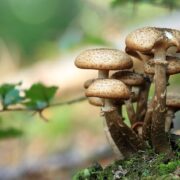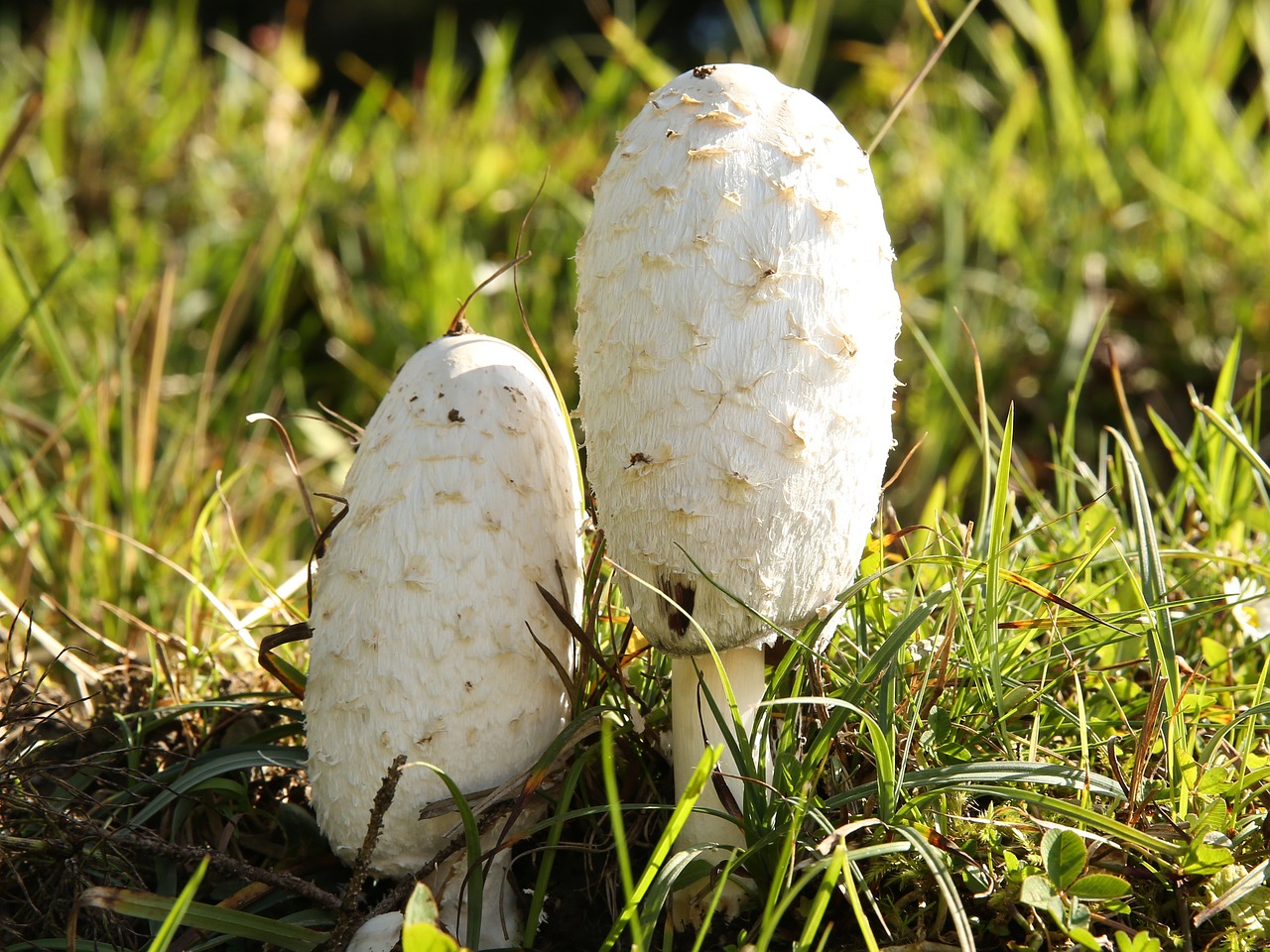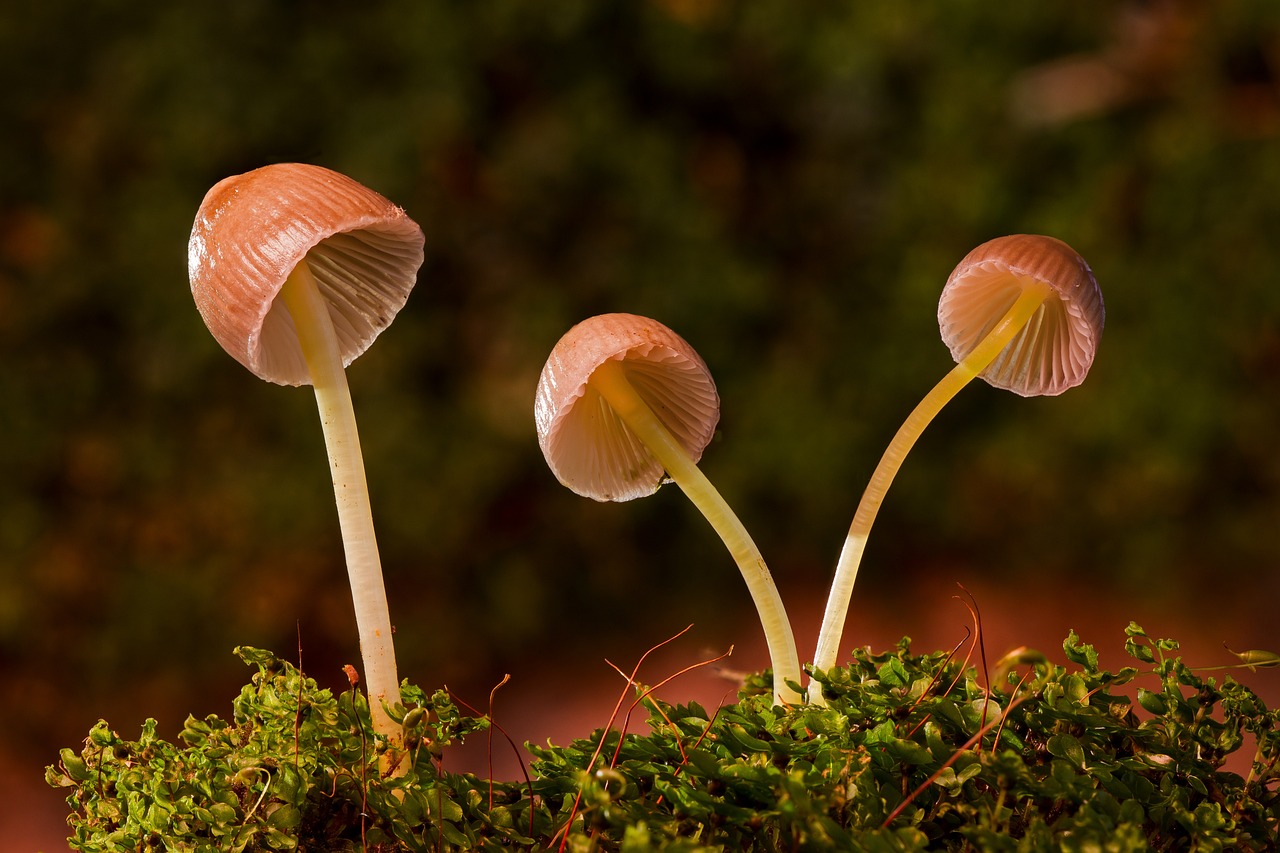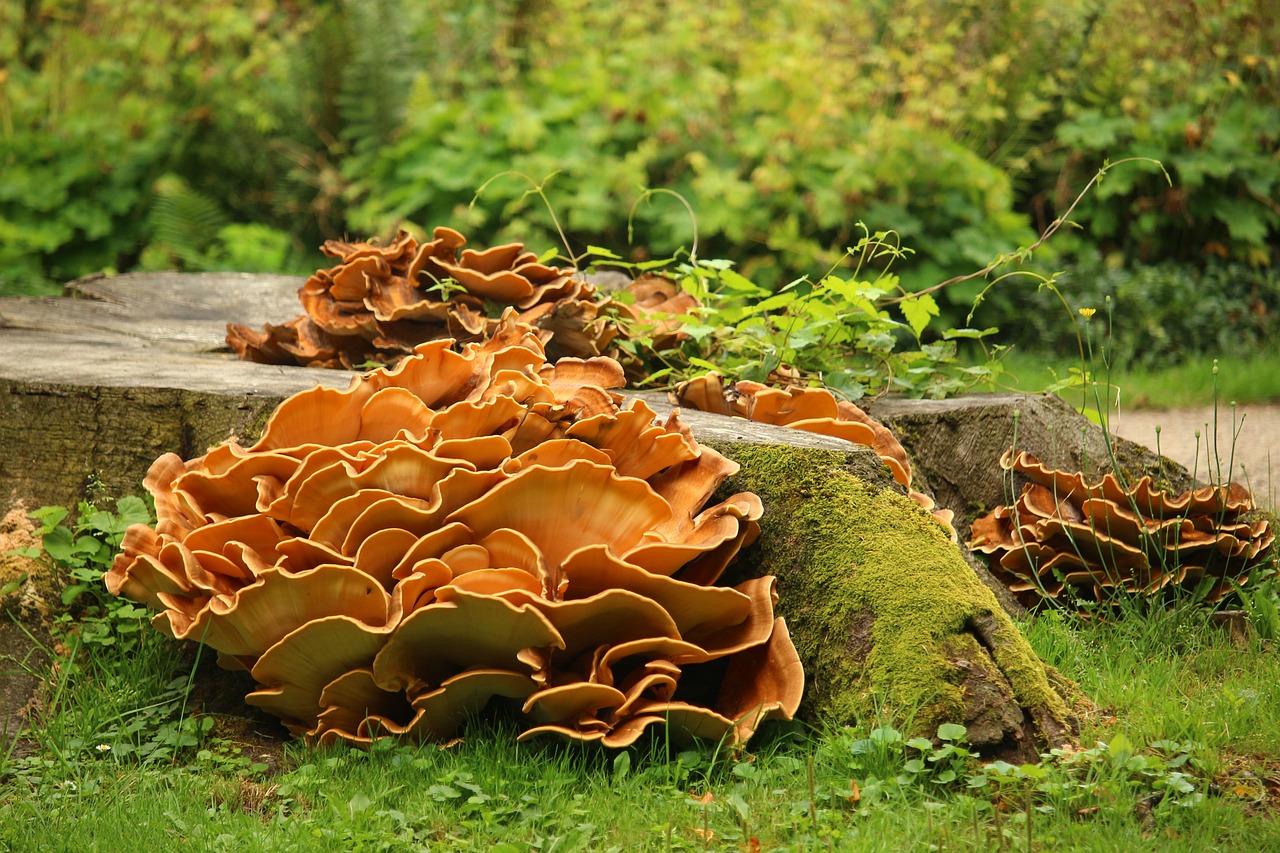MUSHROOMS: A WORLD AS VAST AS MYCELIUM
Mycology is the fungi discipline. It has developed through the identification, classification and characterization of these organisms and the identification of their interactions in their environment [1].
What is a fungi or a mushroom ?
A fungi can be a unicellular organism, made up of one cell like yeast for beer, or multicellular, made up of several cells like the well-known button mushroom found in every grocery store. All mushrooms are fungi, but not the opposite. Some mushrooms live in the wild, while others grow on expired food or even infect our bodies.
For multi-cellular fungi, what we see is often just the tip of the iceberg. That part of the mushroom with a foot and a cap is actually the fruiting body, the sporophore [2]. This is the reproductive structure which, when mature, releases the spores and disseminates the species. This fruiting body is generally only visible for a short period, like a plant that flowers and then wilts. The rest of the mushroom is hidden underground, or in dead wood or trees colonized by a fungus. This main part of the organism is called the mycelium. It’s a dense, dispersed network that, like tree’s roots, fetches nutrients from the soil.
There are around 3,000 species of mushroom in Quebec [3]. They come in a variety of colors, shapes and sizes. Some are edible or have medicinal properties, but others are highly toxic. Different mushroom species also require specific conditions to grow and reproduce. Nevertheless, they all seek carbon in organic form and not through photosynthesis, as is the case with plants [3]. There are three main types of fungi, depending on their way of life: [2]
Saprophytic fungi
These fungi are decomposers, using decomposing organic matter to feed themselves. This may be humus, wood, fruit or corpses. These fungi recycle nutrients and are essential to our soil. Oyster mushrooms are examples of saprophytes.
Parasitic fungi
These fungi depend on a host to sustain them. They extract energy without giving anything in return. The host serves as a larder, a home and a breeding ground. Parasitic fungi therefore grow at the expense of the host. Fungi of the dermatophyte family, for example, can cause athlete’s foot [4] .
Symbiotic fungi
These fungi work in partnership with another species (such as a tree) to provide for its needs. The fungus provides nutrients and water, and receives organic matter in exchange. Both organisms need each other to grow. Delicious chanterelles are symbiotic.
For the mycology lovers, the pleasure often lies in : walking in nature to identify (and sometimes gather chanterelles), or learn how to recognize them and eat them. For Daniel Tarte, partner at T2, mushrooms are a passion! Find out more in our second blog post in the form of an interview.
[1]Kloricane botanical Foundation. (n.d.). Qu’est-ce que la mycologie ?.[Online]. https://www.kloranebotanical.foundation/la-botanique/dossiers/champignons-et-lichens/quest-ce-que-la-mycologie
[2] Olivier Lambrey. (2010). Découvre le monde des champignons. [Online]. https://www.kloranebotanical.foundation/sites/default/files/documents/LeMondeDesChampignons.pdf
[3] Tristan Roulot. (2021). À la découverte des champignons de nos sous-bois. [Online].
https://www.ledevoir.com/plaisirs/alimentation/621141/a-la-decouverte-des-champignons-de-nos-sous-bois?
[4] Ludovic Rousseau. (2021).Le pied d’athlète (infection à champignons). [Online]. https://www.passeportsante.net/fr/Maux/Problemes/Fiche.aspx?doc=pied_athlete_pm






